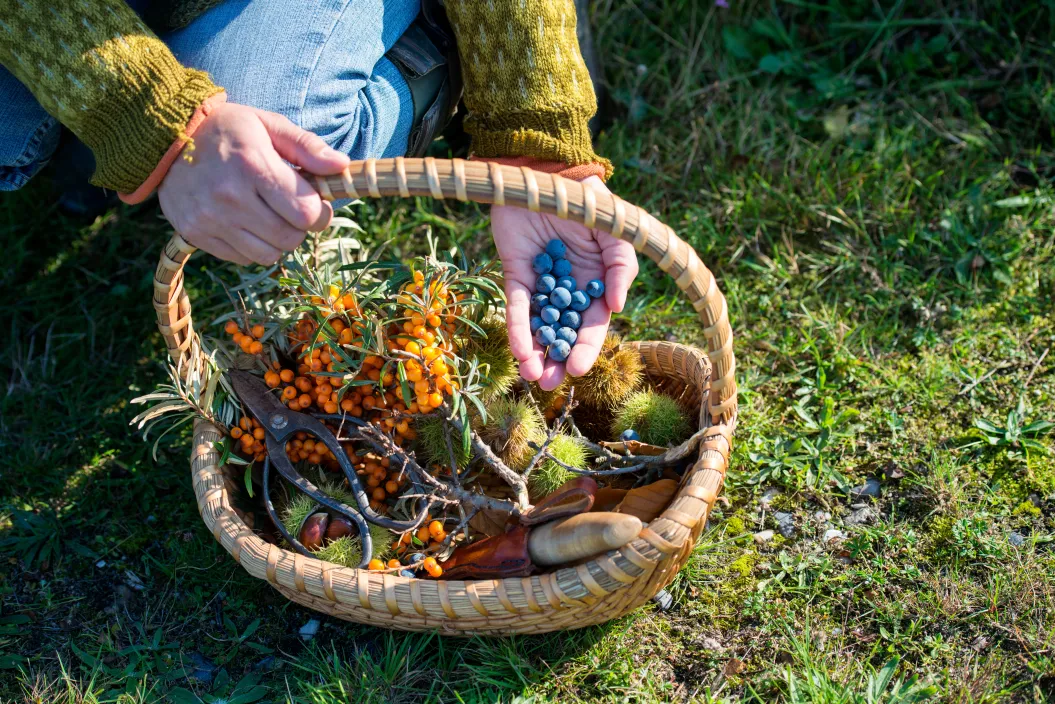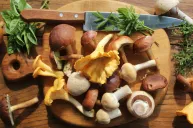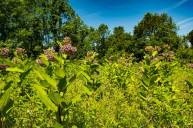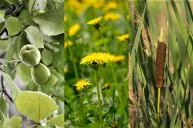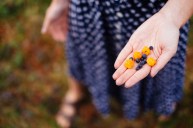Foraging for food is an ancient practice that's gained popularity among Americans in recent years. Foraging is simply the gathering of edible wild plants from nature—basically, going into the woods to pick plants, such as edible mushrooms, off the land.
Foraging, while fun and interesting, makes some practical sense, too. Skyrocketing prices at the grocery store, sustainability concerns across all industries, not to mention a desire to revive traditional practices have all pushed interested folks back outside in search of wild food sources. It also offers a way for people to learn to self-reliance.
Here's what you need to know to safely forage edible plants in the U.S. and what to look for to enhance your next meal.
Some Quick Notes About Safety While Foraging
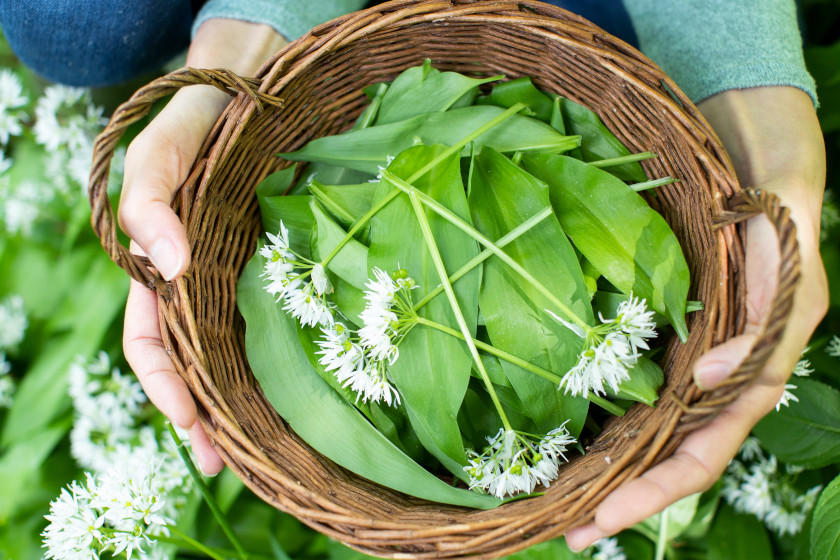
Getty Images, Daisy-Daisy
When new to foraging, we recommend consulting with an expert—or at least reading some foraging books—as a precaution before consuming wild plants. Some North American edible plants have toxic lookalikes. Wild onion, or leeks, have a poisonous and deadly lookalike called death camas. The big giveaway there is a lack of that trademark pungent onion aroma.
Some have edible parts and not-safe-to-eat parts of the plant. For example, sunflower seeds are edible (and tasty), but the rest of the plant is not safe to eat. It's the same story with rhubarb: While the stem is edible, the leaves are not.
Sometimes it's the size of the plant that affects edibility. Young milkweed shoots (shorter than 6 inches) can be cooked and eaten, but mature milkweed plants are poisonous if eaten in large amounts.
Then there are plants that need to be cooked or prepared before consuming. The point is, never eat something without positively identifying it first. As long as you're cautious, there's a wealth of tasty options out there just waiting to be discovered.
Here, seven common plants in North America you've likely seen in your outdoor adventures but didn't realize were completely safe to eat.
1. Walnuts
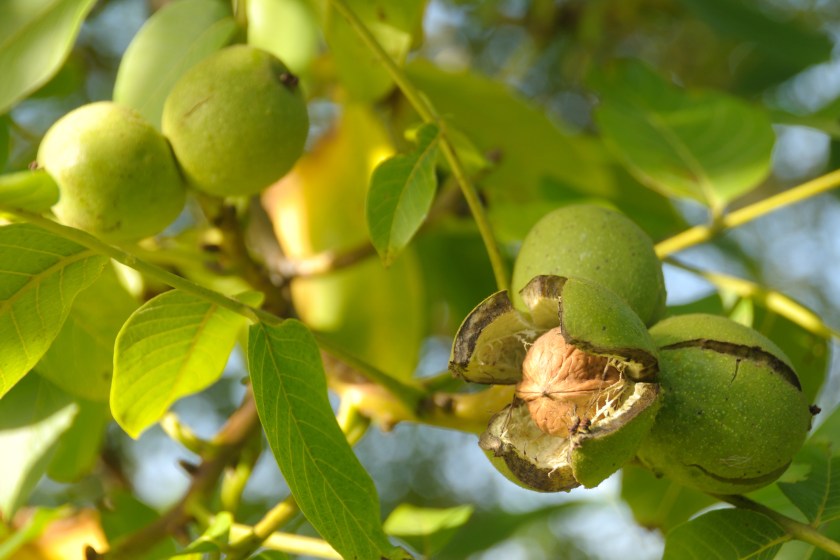
Getty Images, bazza1960
You may recognize acorns right off the bat, but a couple walnut varieties can be found in the wild if you know what to look for. The most common are black walnuts and butternuts, a.k.a. white walnuts, which are aptly named for the light hue of their woody exterior. The two varieties are related and all grow inside a green husk that resembles a small tennis ball. Be careful when collecting them because the husks can stain your hands green.
Black walnuts have an intense flavor, while white walnuts are much milder and creamier. They can both be eaten plain or used in a variety of recipes or even in cocktails.
2. Clover
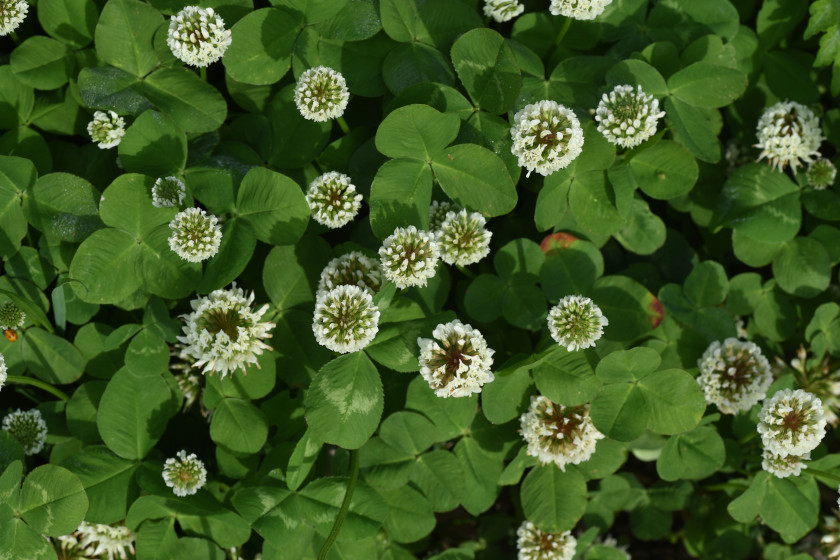
Getty Images, undefined photographer
Clover comes in a few different varieties, but the two most common are white clover and red clover, which are similar in appearance. They each have three oval-shaped leaves with white "V" marks on them. White clover has a white sphere-shaped bloom that sometimes has pale pink coloring on the tips. Red clover has vibrant pink blooms. All clover blooms eventually turn brown and droop.
The flowers, leaves, stems, and seeds of clover are all edible. They can be eaten raw or cooked, although cover is usually best fresh. Most people seem to enjoy the flowers more than the leaves—your mileage on that may vary. Clover has some health benefits, as noted on WebMD, but most experts recommend not eating it in massive quantities, as it may cause rashes, nausea, and headaches.
3. Mushrooms
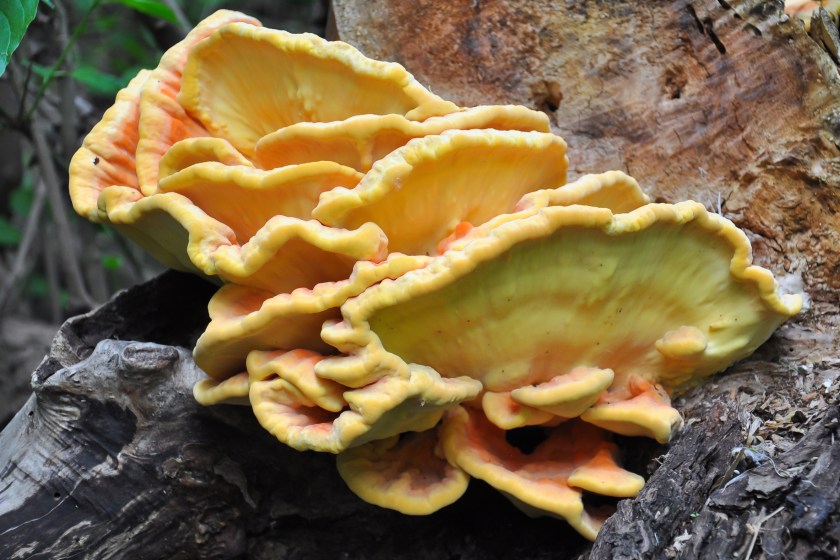
Getty Images, Ivan Marjonovic
The woods are alive with the growth of many different kinds of edible mushrooms, including chicken of the woods (pictured above), hen of the woods, chanterelle mushrooms, oyster mushrooms, lion's mane mushrooms, black trumpets, and more.
Just be very careful when foraging for wild mushrooms, as some delicious varieties have toxic lookalikes. Bring a guidebook for reference. When in doubt, go without—never take a chance on eating a wild mushroom that you're not 100 percent sure of its identification.
4. Leeks and Ramps

Getty Images, Roman Novitskii
Leeks, a.k.a. wild onion, and ramps, or wild garlic, have many similarities. Both grow in wet, marshy areas, and both can be harvested in the springtime. They present similarly and are sometimes mistaken for each other. Both have thin, glossy, waxy green leaves; but while wild onion leaves are flat and solid, wild garlic leaves are round and hollow. Wild onion leaves emerge from the base, while wild garlic leaves branch off the main stem. Wild onion flowers are generally white or pink, while wild garlic blooms are typically green or purple.
Aside from appearances, both wild onion and wild garlic have a signature fragrance that lingers in the air when they have been disturbed. When harvesting leeks and ramps, pull from the bottom to ensure you get the whole stalk; both the green leaves and white lower stalk are edible. It can be helpful to bring a small trowel out with you to use to loosen the soil around the leeks. Once pulled, shake the dirt off and rinse before consuming. They can either be eaten raw or cooked in a variety of ways depending on your preferences.
5. Blackberries
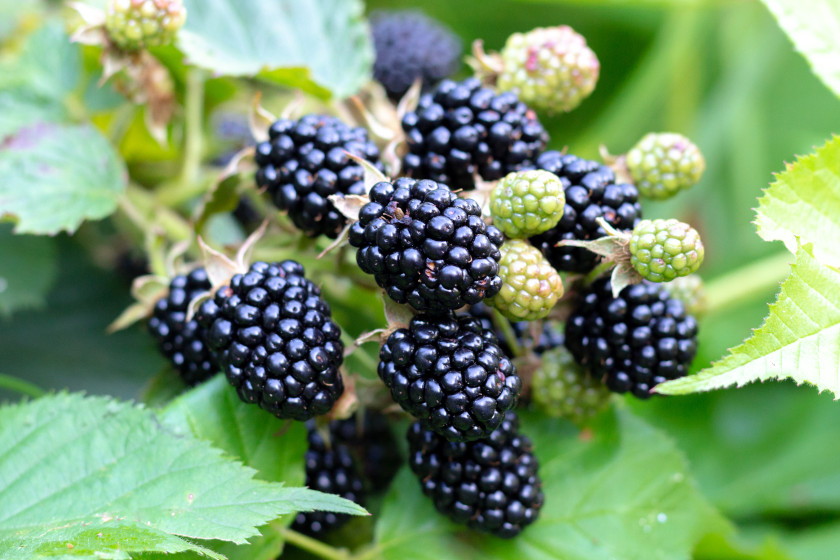
Getty Images, Vera Tikhonova
In the United States, there are several different species of wild blackberries, all part of the rubus genus of plants. Mature blackberries, like their raspberry cousins, are easy to identify. They appear black when ripe; can vary in size from approximately the size of your pinkie fingertip to your thumb tip; and are characterized by their bumpy shape. They're ready to pick if they easily pop off the branch. Unmature berries will be more difficult to harvest, as they will continue to adhere, and it will feel as if you're trying to break it off rather than it sliding off smoothly.
One great thing about blackberries is they have no poisonous doppelgangers, so the risk of making a dangerous identification mistake is quite low.
6. Dandelions

Getty Images, NIKLAY GLUHOV
This one surprises a lot of people. While this little yellow bloom might have a reputation as a lawn nuisance, it's actually a nutrient-dense wonder weed. Dandelion is loaded with vitamins and minerals, including vitamins A, C, and K, iron, calcium, magnesium, potassium, and trace amounts of vitamin E and folate.
Dandelions have single, vibrant yellow blooms on hollow stems that grow from the center of a base of basal leaves. All parts of the dandelion can be consumed, from bloom to root and can be eaten raw or cooked. Dandelion greens can be added to tossed salads or boiled and sautéed with garlic and oil for a yummy side dish. The blooms can be battered and fried into fritters or boiled and prepared into dandelion wine. The root can be dried and made into tea. This delectable edible has plenty of possibilities.
7. Fiddlehead Ferns
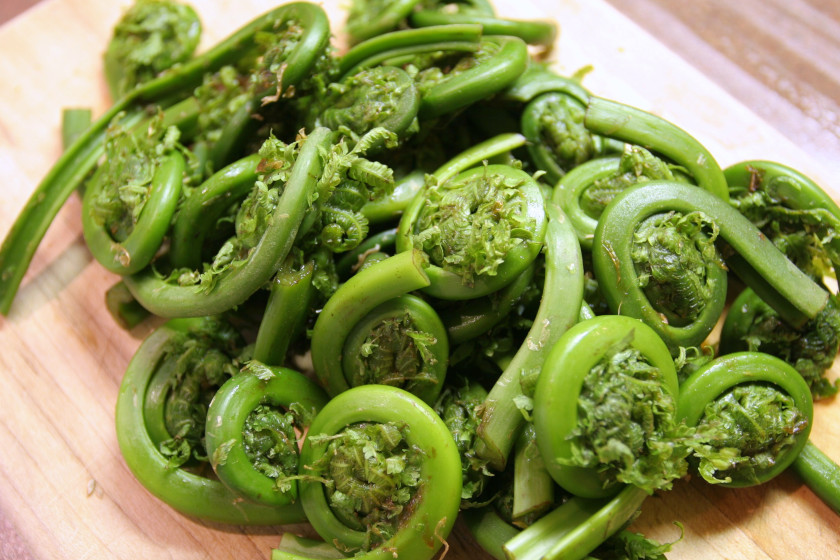
Getty Images, Marc Quebec
Fiddlehead ferns are the tightly coiled tips of immature ostrich ferns. It's important to harvest the correct variety, as other variations can be toxic. Take a close look at the stems. If they have a fuzzy appearance, it's likely not a safe variety to eat. You want a fiddlehead with a smooth stem.
Ostrich ferns grow abundantly throughout the Northeast and Midwest. They can grow almost anywhere but are concentrated in damp areas with rich soil. The only bad thing about them is there's a limited time frame in the spring when you can harvest them before the fronds unfurl and they become inedible again.
Unlike some of the other edibles mentioned here, this is one you cannot eat raw. Fiddleheads must be cooked to be safe to eat. Boil or steam first, and then sauté.
